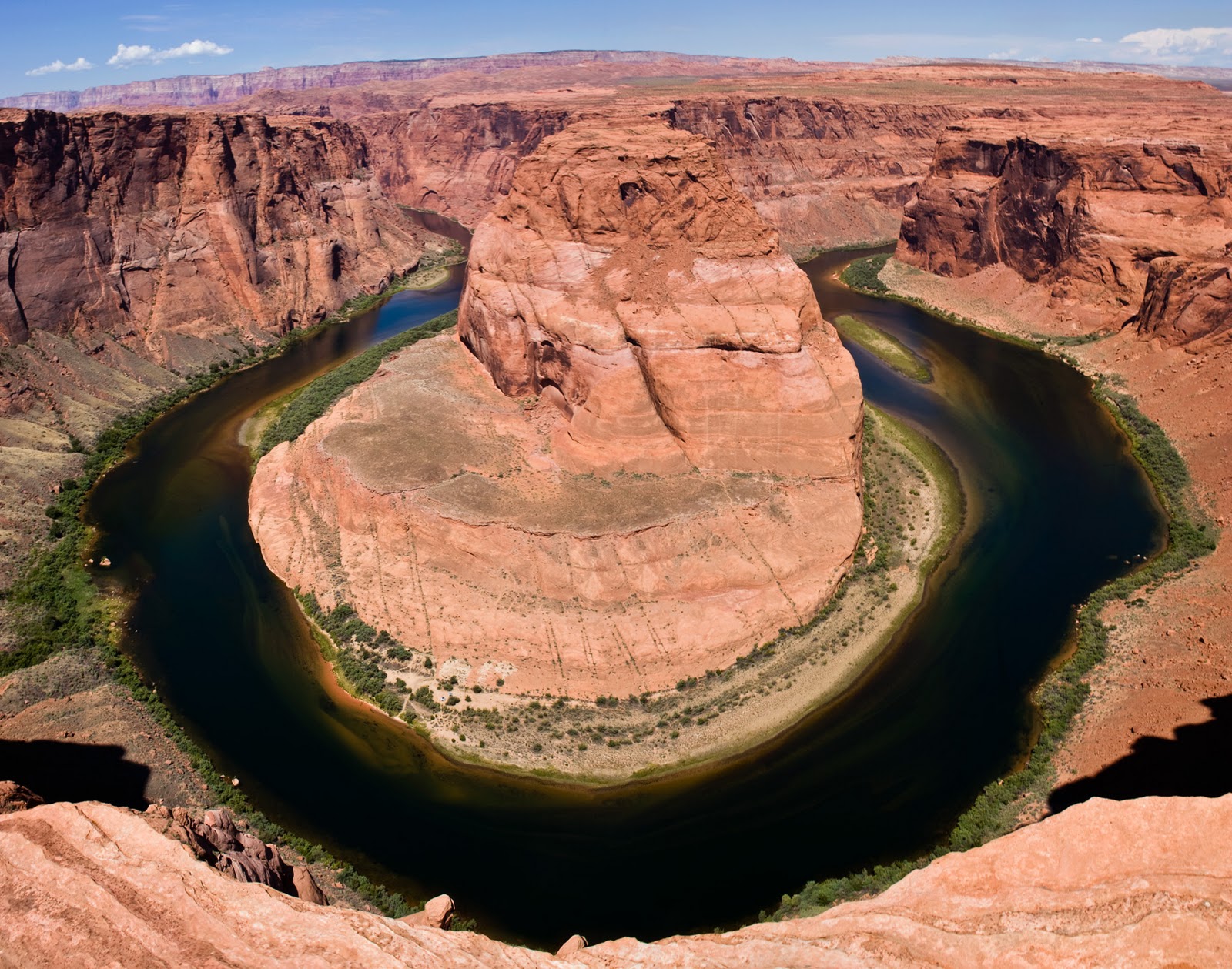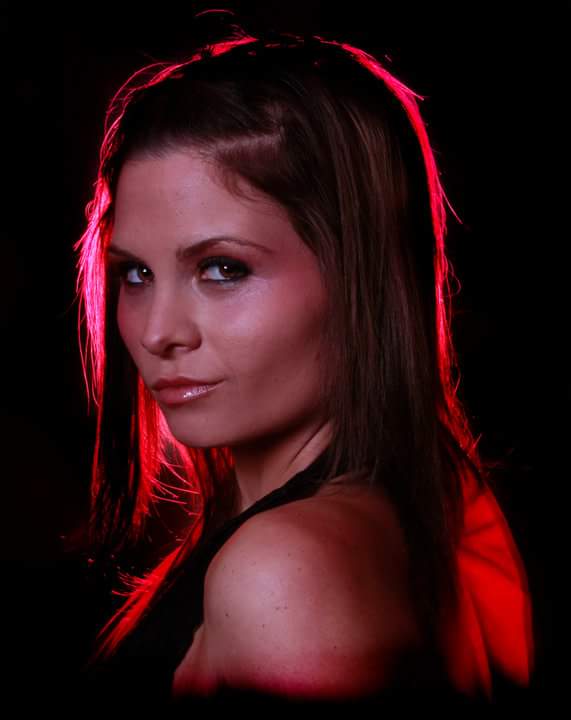

#PHOTOGRAPHY F STOP HOW TO#
Continue reading to discover more about aperture in bird photography and how to get the best results for your images.Īs an Amazon Associate, I earn from qualifying purchases.

Using an aperture of between f/7.1 and f/9.0 will result in a nice depth of field and a sharper image. Which aperture value you choose will depend on how much light you have available when the image is taken. The reason for this is that most lenses produce their sharpest images at these apertures. The best f stop for bird photography is between f/7.1 and f/9.0. In this article, you will learn all about aperture for bird photography and what is the best f stop to use. I have been photographing birds for over 7 years, sold many of my bird calendars and thousands of prints.

If you want to know more about the course covers and all the other benefits you get when joining iPhotography click here to find out more.Bird photography is quite a difficult style of photography and it’s even harder if you don’t know or understand the camera settings you need to do it. You’ll learn everything you need to get started as a photographer regardless if you’re shooting with a high-end DSLR or even an iPhone. It’s designed for completely new starters split over 18 in-depth modules with no time limits.
#PHOTOGRAPHY F STOP ISO#
If you want to know more about F/stops, shutter speed, ISO and all things photography for beginners then have a look at our iPhotography Course. Move the camera/subject’s distance to the background to affect DoF without changing the aperture size. With every F/stop change, your DoF will alter.Use the exposure scale in your camera and keep it at 0 to avoid under/overexposure.Half and third stops allow smaller changes in exposure on digital cameras.
#PHOTOGRAPHY F STOP FULL#
Each change in full F/stop represents a 100% (or doubling/halving) in an exposure.The smaller the F/stop number the brighter the photo.50% of learning is lost after the first 24 hours, so refresh your memory with these 5 facts about F/stops. As the weather changes or your location does you’ll need to educate your camera to make sure it has enough light to ‘see’ the scene.įinally, you’ve reached the end! That’s one huge photography tutorial you’ve just learned about F/stops! It isn’t easy and it’s a lesson you should review a few times over the next few days to help remember. You’ll spend a lot of time as a photographer switching between F/stops especially if you shoot outdoors a lot. This is what you need to do with the camera when shooting on bright days – make the aperture smaller by choosing a larger F/stop number (i.e F/16). Your eyes will restrict and the pupils get smaller to reduce the amount of light entering otherwise it’ll be too bright. The same goes for when you’re outdoors on a very sunny day. Imagine walking into a dark room, though you can’t see it, your eyes automatically adjust and dilate (just like changing F/stops) to get more light into the retina so we can make the outline of objects. F/1.4) when you’re shooting in low light and need as much light as possible. Given that small F/stop numbers offer the widest aperture, this means more light can get to the sensor creating a brighter exposure.įirstly, use small F/stop numbers (ie. Now we know what F/stops are, let’s look practically at what they do in a photo. These half and third stops will make your shot 30-50% darker or brighter (depending on which way you move). (Note: The stops in red are half/third stops) Half & Third StopsĪs technology becomes more sensitive more F/stops have been added so you may see other F/stops appear on your camera screen like below…į/1.4 F/1.8 F/2 F/2.8 F/3.5 F/4 F/5.6 F/6.3 F/7.1 F/8 F/9 F/10 F/11 F/14 F/16 F/20 F/22 F/32 For every change in full F/stop to the next one up or down the scale means your image will be twice as bright or dark. The difference between moving from one full F/stop to another is a 100% increase (or decrease in the amount of light). The look of a photograph is affected by a variety of factors, including exposure, shutter speed, aperture, ISO sensitivity, autofocus, white balance. F/32 is the smallest aperture on the scale, meaning it lets the least light in. So the smaller the F/stop number (i.e F/1.4) means it lets in the most light compared to the others. The smaller F/stop number actually represents the larger aperture size. Focussing upon the full F/stops first, let’s look at the traditional scale į/1.4 F/2 F/2.8 F/4 F/5.6 F/8 F/11 F/16 F/22 F/32


 0 kommentar(er)
0 kommentar(er)
